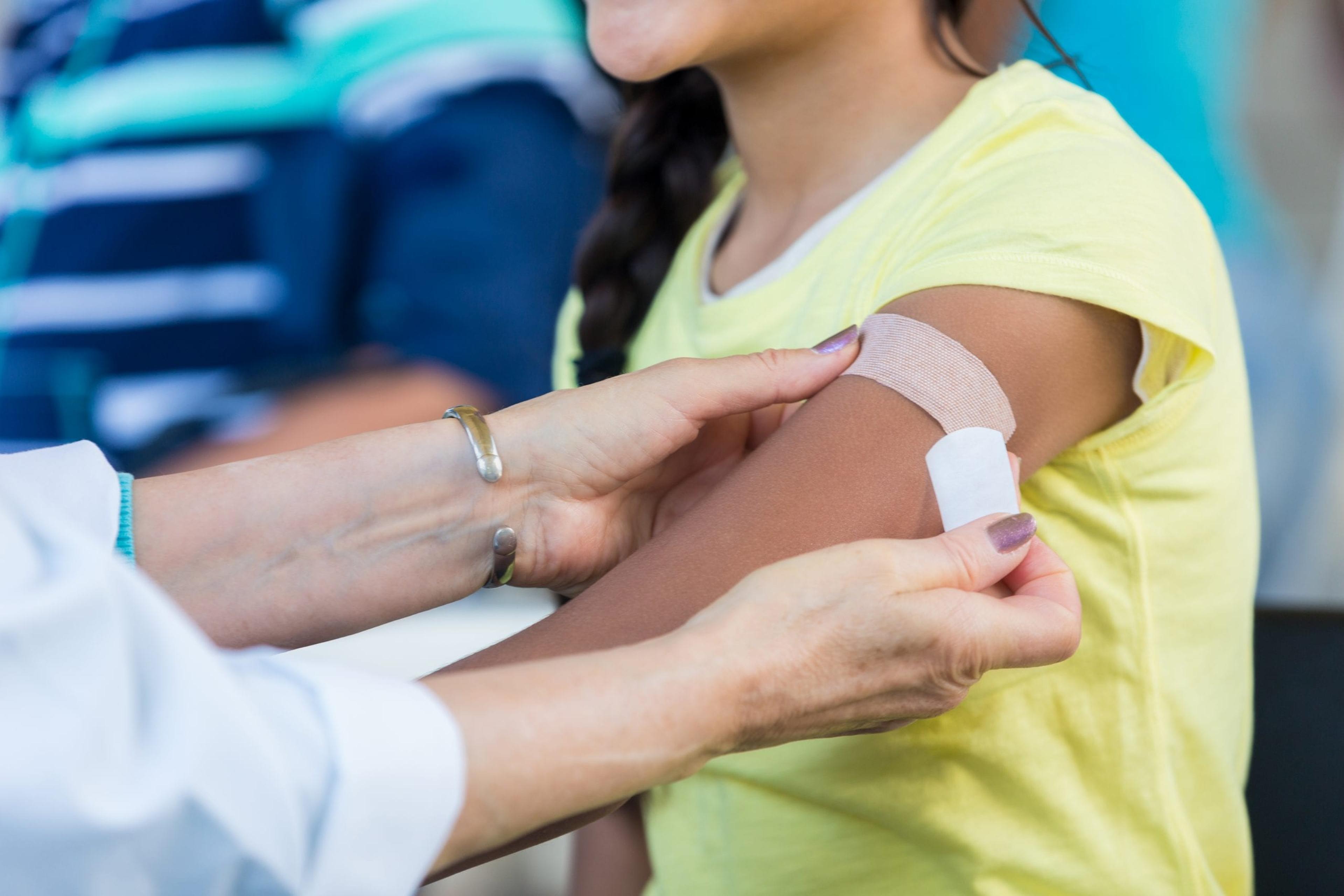Fall Flu Forecast: What to Know About the Upcoming Influenza Season

James Grant, M.D.
| 3 min read
James D. Grant, M.D., is executive vice president an...

As the days get shorter and nights get colder, the influenza virus can become more prevalent throughout communities. Typically, influenza cases rise in the fall, peak in the winter and decrease in the spring. However, last year was an anomaly as the U.S. experienced fewer flu cases than any year recorded. That’s mainly because people were wearing masks, maintaining social distance, avoiding mass transportation and generally staying home to prevent the spread of COVID-19. Now a year later, more than 50% of the U.S. population has completed COVID-19 vaccination, making masks and social distancing much less common. Families and friends are gathering once more, students are returning to in-person instruction, and the opportunities for influenza exposure are returning to pre-COVID levels.
What does this mean for the 2021-2022 flu season?
Some experts are concerned that last year’s barely existent flu season will cause natural immunity to weaken, making people more susceptible to the flu this year. The theory holds that repeated exposure to various flu strains in previous years may help the body’s immune system respond when exposed to the flu virus. So, the lack of influenza exposure last year might result in diminished immune response this year. This theory, however, does not have a lot of specific research behind it. The reality is that the medical community just doesn’t know enough yet to be able to make a prediction for this year. Since influenza transmission was so low last year and human interactions have drastically changed over the last 18 months, the typical information used to forecast a flu season might not be as relevant.
How to prepare for the flu season
Regardless of the flu forecast, public health experts are hopeful that come fall, people will practice the safety measures learned during the COVID pandemic, which could mitigate influenza transmission again this season. In fact, COVID-19 and influenza are both viruses that spread through respiratory droplets. So, the strategies people can employ to minimize the spread of the influenza virus are very similar to the practices used to control the spread of COVID-19.
- Get a flu shot. An annual influenza vaccine offers protection against four common flu viruses. Called a quadrivalent vaccine, it protects against influenza A (H1N1) virus, influenza A (H3N2) virus and two influenza B viruses. The flu vaccine not only makes the recipient more resistant to infection, it makes the recipient less likely to pass the virus on to others. Individuals should talk with their doctor about which flu vaccine is best for them.
- Don’t touch the face. The virus lives in respiratory droplets, including eye and nasal secretions and saliva. Viruses often spread when people touch their eyes, nose or mouth, then touch something or someone else.
- Maintain good hand hygiene. As we learned with COVID-19, frequently and thoroughly washing hands with soap and water removes or greatly reduces the likelihood of transmitting the virus. At minimum, hands should be washed before preparing or eating food, after using the bathroom and after touching surfaces that others have touched (like doorknobs and light switches in public places).
- Stay home if feeling sick. People who feel unwell or who have symptoms of influenza such as fever, body aches, sore throat or coughs should stay away from others to avoid transmission.
It’s difficult to predict what this flu season will be like, but good preparation remains the same as previous years. Take the proper precautions, be alert and consult a physician or health professional if symptoms are concerning. James D. Grant, M.D., is chief medical officer at Blue Cross Blue Shield of Michigan. More from MIBluesPerspectives.com:
- 6 Things Everyone Should Know About the Flu Shot
- 7 Pandemic Habits to Continue
- Did You Know Children Can Get Vaccinated at the Pharmacy?
Photo credit: Getty Images





